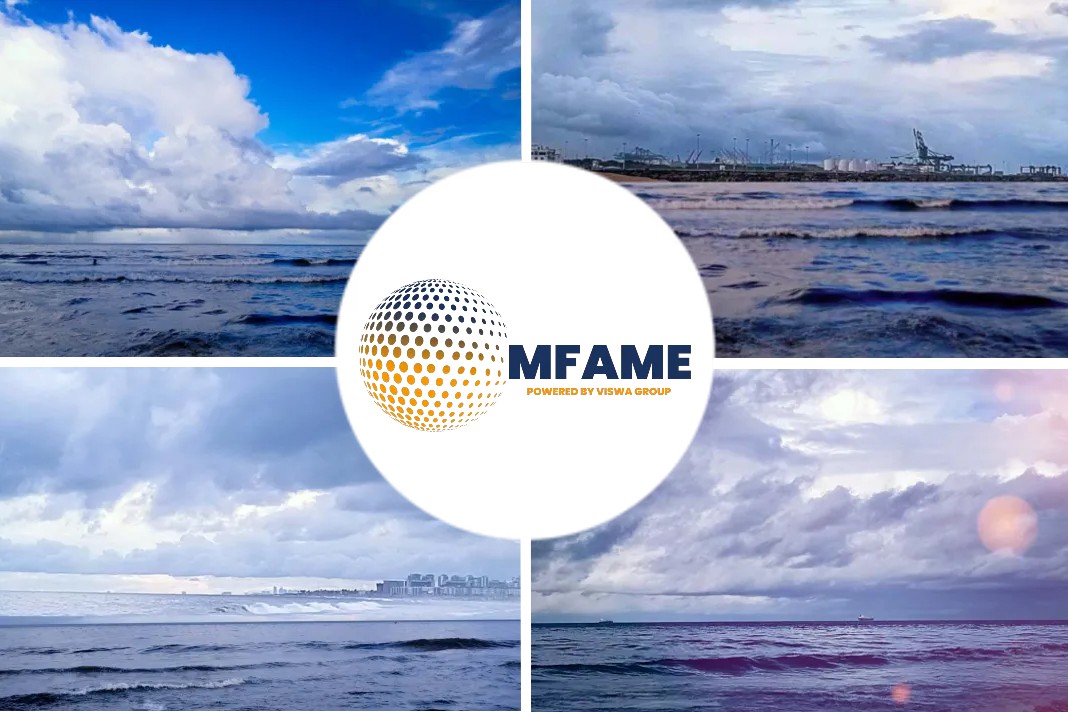Polaris Shipping, one of South Korea’s largest bulk carrier operators, has specified Nippon Paint Marine hull and hold coatings for a trio of Very Large Ore Carriers (VLOC), reports Nippon Paint Marine.
NEOGUARD and FASTAR coatings
Two of the 250,000dwt vessels – Stellar Young and Stellar Way – were applied with the company’s NEOGUARD and FASTAR coatings in July at Keppel Subic Shipyard, Inc. and Keppel Shipyard in Singapore, respectively. Sistership Stellar Venture is scheduled to receive the same application in September, at China’s Dalian Shipbuilding Industry Marine Services Co., Ltd. (DSIC).
A NEOGUARD 100 GF (glass flake) abrasion resistant, anticorrosive system, known for its mechanical strength, was selected to protect topsides and boottops. The company’s new nano domain technology antifouling FASTAR I has also been specified for boottops, in addition to the vessels’ flat bottom. The hydrogel-containing version of the antifouling, FASTAR XI, was selected for the vertical sides to reduce fuel consumption by as much as 8%.
Although FASTAR has yet to be fully benchmarked given the coating’s recent introduction, performance indicators suggest the coating could succeed Nippon Paint Marine’s popular LF-Sea range as the commercial maritime industry’s antifouling of choice.
Polaris Shipping’s Fleet Support said: “We have been using Nippon Paint Marine’s antifouling technology for both new buildings and existing tonnage since 2010, first LF-Sea, then A-LF-Sea, and now FASTAR. We look forward to positive effectiveness and performance so that it minimizes the risk of fouling when operating in idle conditions. This has a number of environmental benefits.”
Ryan J. K. Kim, General Manager, Nippon Paint Marine (South Korea), furthered that while FASTAR was applied to reduce biofouling and reduced drydock time and improve application times, NEOGUARD was also applied to protect the coating from mechanical damage.
“To reduce the risk of damage to hull coatings when berthing alongside we recommend a glass flake coating to add additional impact protection, from fenders and the like,” he said.
Nippon Paint Marine’s R&D Senior Manager in South Korea, M. G. Choi, said: “It is often thought that expenditure and environment protection are inversely proportional. But FASTAR has been found to reduce costs and protect the environment at the same time. This remarkable antifouling technology shortens the time in drydock for coating applications, reducing costs and off-hire time, allowing ships to return to service quickly and the cost of repairing the shipyard will be reduced. And when they back in service, they find fuel consumption has reduced.”
“Like Polaris Shipping, we are a company that strives to reduce the impact of shipping on the marine environment. The development of FASTAR is very much in line with the needs of our customers and their energy efficiency requirements,” Choi said.
Established in 2004, Seoul-based Polaris Shipping operates a fleet of 16 VLOCs, 13 cape size bulkers, 1 VLCC and 2 LR2 tankers.
Since its official market entry in January 2021, Nippon Paint Marine has applied the FASTAR technology to 155 vessels as of May 2022. Nippon Paint Marine has newly secured three M&R projects from Polaris Shipping this time and will try to further expand the technology globally in the coming future.
Did you subscribe to our daily Newsletter?
It’s Free! Click here to Subscribe
Source: Nippon Paint Marine

















